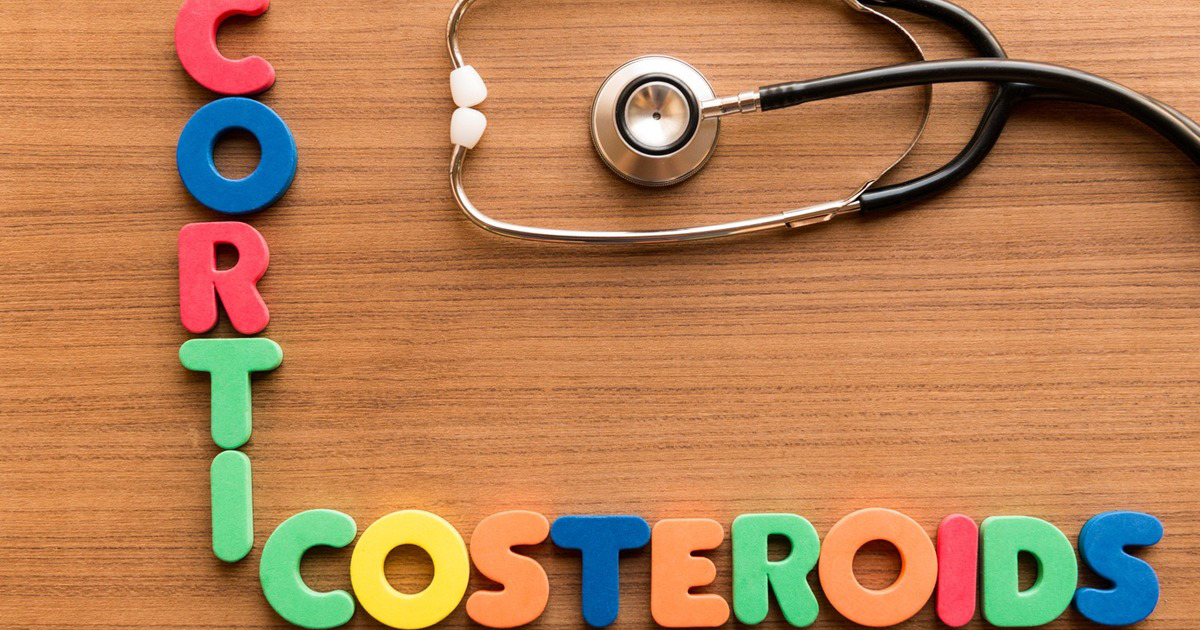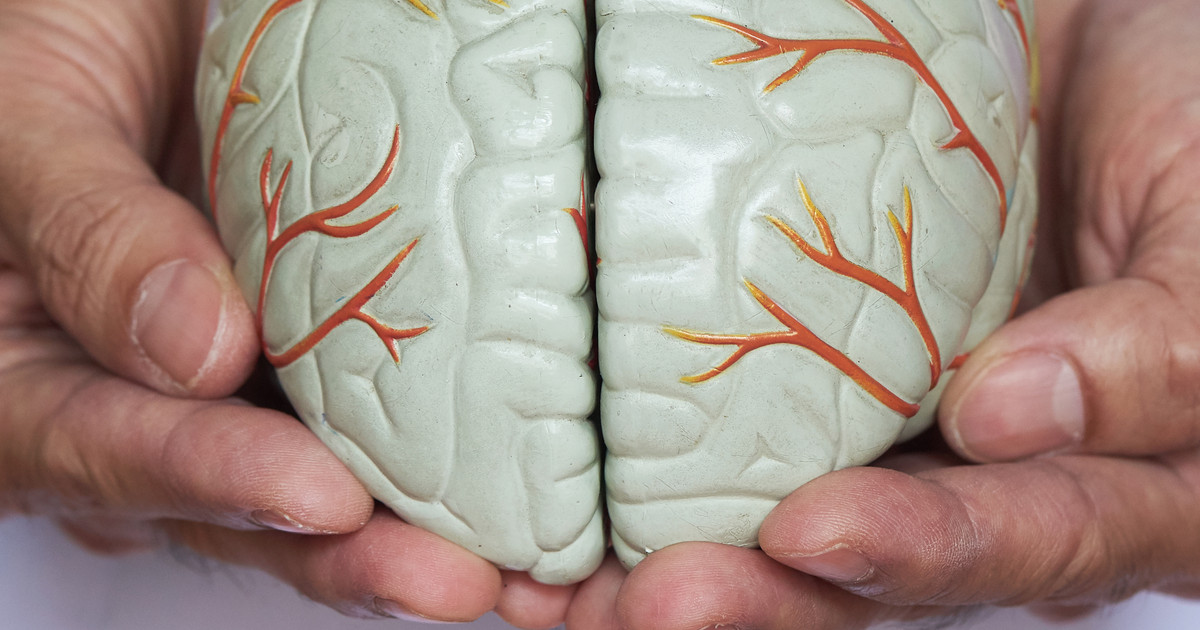Guide To Understanding Anabolic Steroids
Anabolic steroids are also referred to as anabolic-androgenic steroids and performance-enhancing drugs. They are synthetic types of testosterone, the male sex hormone. When prescribed by a doctor and taken as directed, anabolic steroids are considered safe. However, some patients could misuse these medicines, leading to significant side effects such as infertility. Patients who feel they may have a condition that could benefit from using these drugs should see their doctor. Individuals prescribed anabolic steroids need to be monitored regularly by their doctor.
Doctors use these medications as a delayed puberty treatment in boys. Anabolic steroid treatment is also common for various hormonal issues in men. Some women may take them as a part of their breast cancer treatment. These steroids can help with certain forms of muscle loss as well. However, it is vital for patients to understand anabolic steroids and how they work first.
Compare To Corticosteroids

Anabolic steroids and corticosteroids are both synthetic versions of hormones naturally produced by the body. Beyond that, they are very different medications and are used for different purposes. Corticosteroids are synthetic versions of the hormones produced by the cortex of the adrenal glands. They include glucocorticoids such as cortisol and mineralocorticoids like aldosterone. Cortisol is a regulator of immune system function, and aldosterone regulates the body's electrolyte balance.
Corticosteroids reduce inflammation in Crohn's disease, lupus, rheumatoid arthritis, ulcerative colitis, or certain cancers such as leukemia and prostate cancer. Potential side effects include thinning skin, weight gain, stomach ulcers, and depression. As synthetic versions of testosterone, anabolic steroids are used to increase muscle mass and enhance athletic performance. Anabolic steroids may cause issues with male fertility, particularly if they are misused or not taken as directed.
How Anabolic Steroids Work

Anabolic steroids impact gene expression and cell function by acting as androgen receptors in the patient's body. Androgen receptor activation regulates pathways that are involved in developing male characteristics. This activation from anabolic steroids also results in the rapid increase of calcium in brain, heart, and skeletal muscle cells. The increase is important in the function of anabolic steroids, as calcium has a significant part in neuronal signaling. Research also suggests that these steroids also influence certain GABA receptors. Experts claim that this may influence the anxiety patients have reported. Information also shows that anabolic steroids may increase dopamine and serotonin in the brain.
